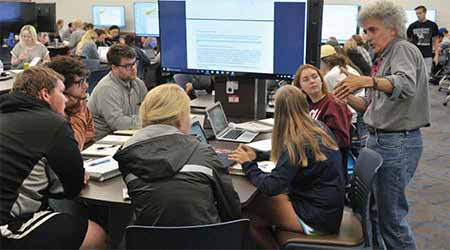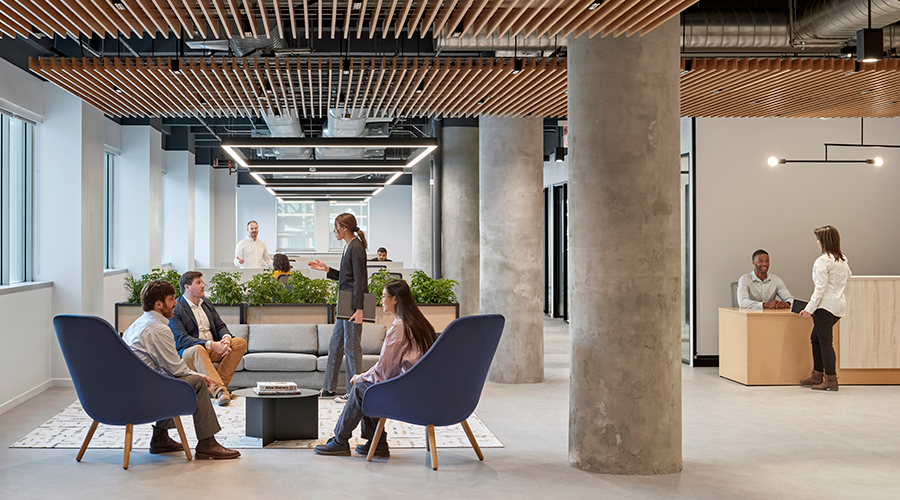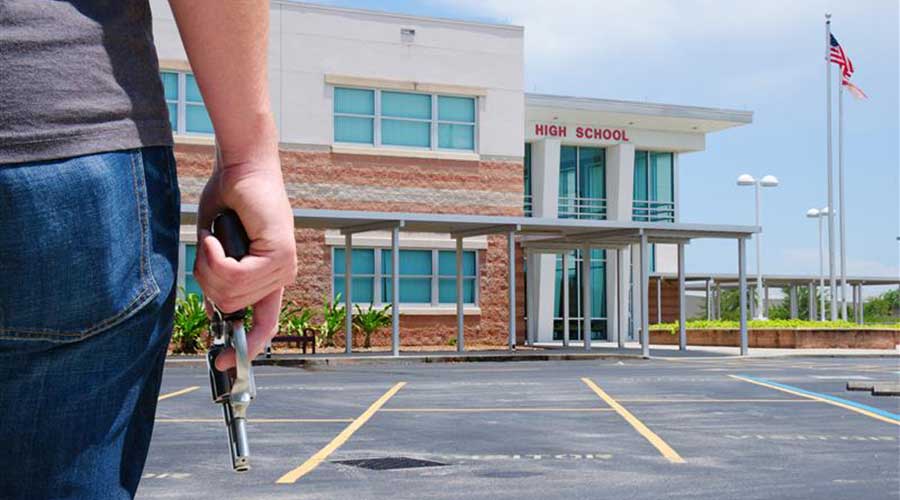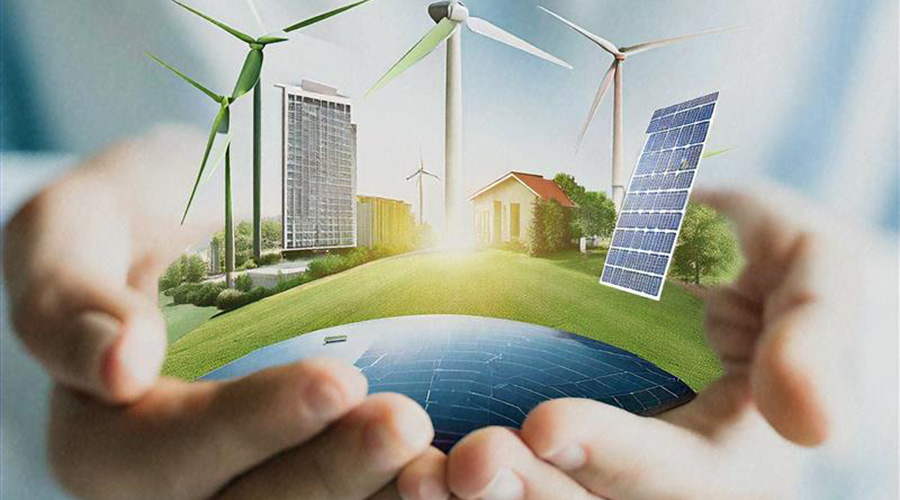 At the University of Kentucky, TEAL (technology-enhanced active learning) spaces facilitate small, group-based learning. Large tables with monitors provide space to gather and display information.© David Feth
At the University of Kentucky, TEAL (technology-enhanced active learning) spaces facilitate small, group-based learning. Large tables with monitors provide space to gather and display information.© David Feth4 Facilities Strategies to Improve Student Productivity
Consider these facilities strategies as student productivity paradigms are changing from measuring credit hours earned to evaluating and emphasizing quality of education.
Institutions often resort to looking for statistics about completed credit hours and matriculation rates to determine their productivity and performance. Instead, imagine a productivity evaluation based on lessons learned and retained, emphasizing the quality of education rather than the quantity. What settings might best accomplish this?
1. Flipped classrooms. This is less a physical event than a way that institutions are rethinking learning and instruction. Students learn the lecture material independently so that class time is used for discussion, debate, group work, and problem-solving. This style creates a highly productive and engaging environment.
2. TEAL (technology-enhanced active learning). These spaces are a dynamic way to facilitate small, group-based learning. Large tables with monitors located at one end provide space to gather and display information and ideas, working in tandem with the flipped classroom approach. Professors can circulate throughout the room and engage with different groups as they work through solutions. This setup also allows for a role reversal, where students present their findings, as they mirror screens and showcase work on a larger monitor, bringing the class together for discussion. While technology enhances the experience, collaboration and connection are still at the center.
The first TEAL classroom was innovated and designed for the MIT TEAL/Studio Physics Project in the early 1990s and accommodated working groups of three with nine students at each of the eleven tables. An assessment of this model claims that it improved learning by a factor of two, over traditional methods. This model was incorporated into the University of Kentucky’s Academic Science Building project, which featured multiple TEAL rooms hosting 24, 36, and 42 students, as well as a larger TEAL room which can accommodate up to 132 students at tables for six.
3. Tunable electric lighting. LED lighting has become a norm across many households and institutions. Tunable artificial lighting takes the benefits of LED to the next level through the customization of quality, color, and intensity as it relates to the natural lighting within a space. Lighting quality can be automated to match the time of day and time of year, which has been shown to reduce fatigue.
With STEM in mind, there are scientific environments in which extremely specific lighting is required. In the case of Lehigh University’s Health, Science and Technology building, there are plans to use tunable artificial lighting in the open office and communal and collaboration spaces. Laboratory environments will not employ tunable lighting, as certain research will require specific lighting criteria.
4. Open environments. An open environment encourages connection and fluidity. Intentionally designing a variety of open space environments provides students access to spontaneous interaction, which can lead to increased communication, creativity, and collaboration.
David Feth (DFeth@HGA.com), AIA, LEED AP, principal with Wilson HGA in Boston, has specialized in the design of teaching and research environments for higher education clients. He has led the design of numerous STEM (science, technology, engineering, and math) spaces.
Related Topics:














